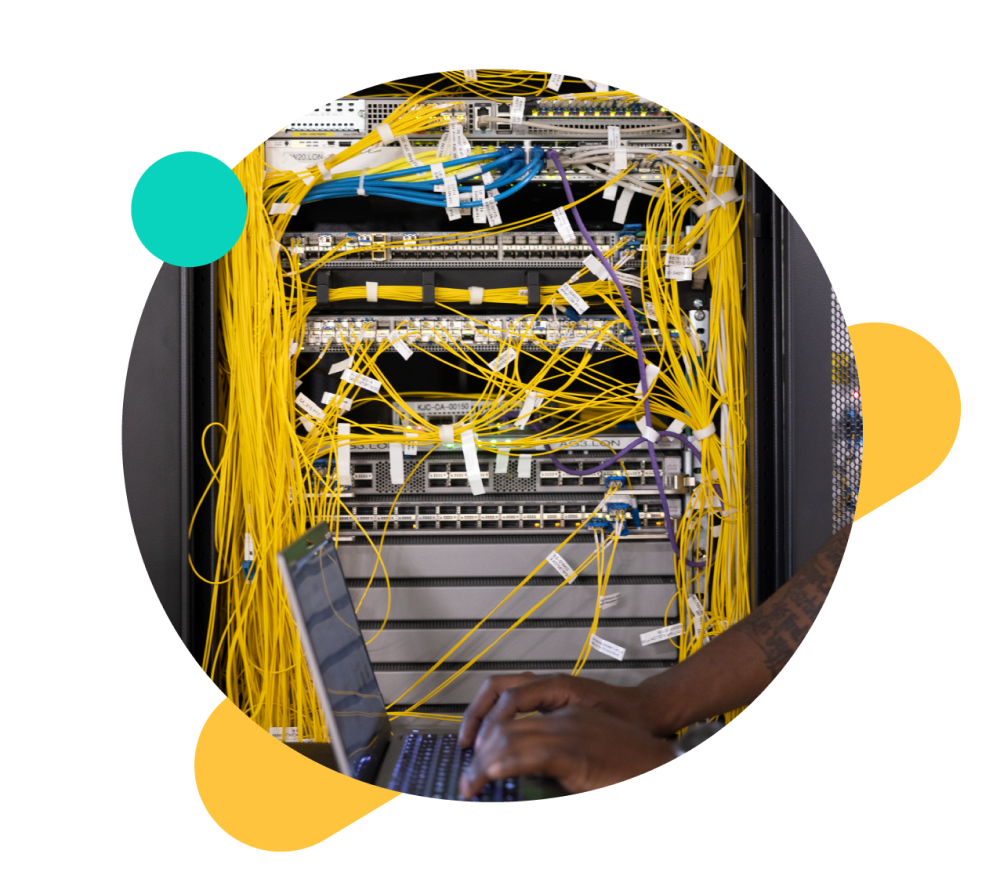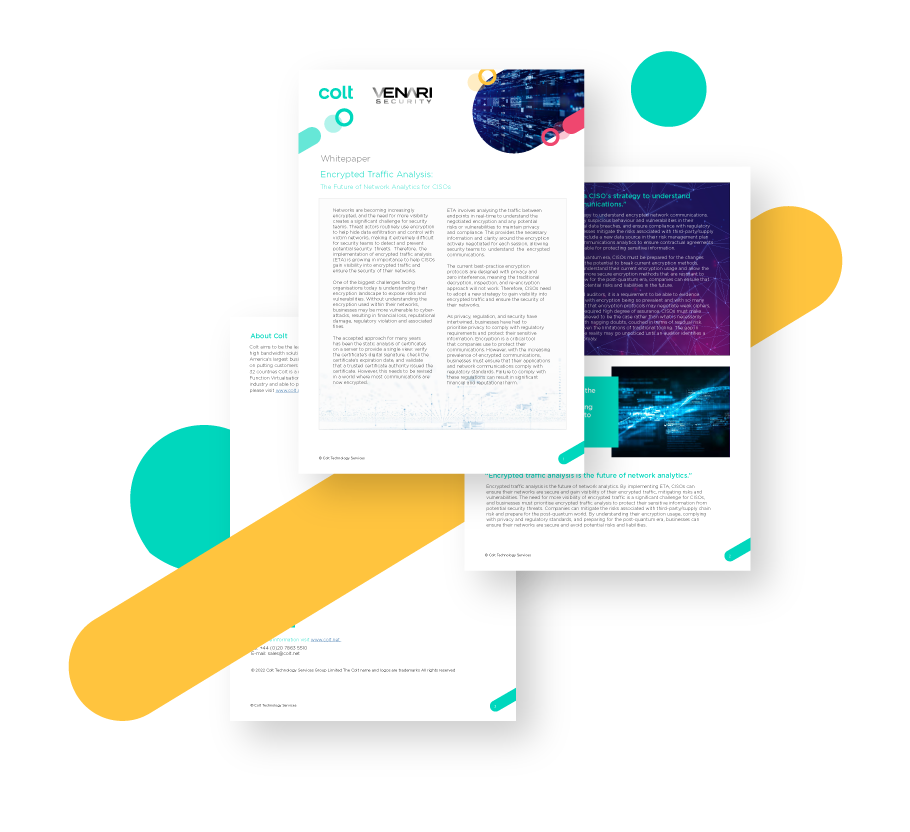| 15 min read
What is Unified Communications?
Our guide dives into the fundementals of Unified Communications, its evolution into UCaaS and the power of UC Applications done right.

1. An introduction to Unified Communications (UC)
As the demands of today’s fast-paced technological environment increases, enterprises must ensure the adoption of workplace applications is managed in the most effective way. As one of the most important aspects of a company’s infrastructure, it is imperative that its communications systems can support employees in their day-to-day activities.
Legacy communication systems and PBX equipment no longer support today’s growing need for a simple, flexible and mobile end-user communications experience. Additionally, many people struggle from email overload that inhibits productivity.
The convergence of telephony, mobile, Big Data, and the Cloud is setting the stage for a new way of working, collaborating and leveraging business information. Unified Communications (UC), or Intelligent Communications (IC), are the terms used to describe this new wave of enterprise communication capabilities. Tools such as instant messaging (chat), Voice over IP, web & audio conferencing, and desktop sharing are linked with productivity gains and should be accessed in a simple way to provide a seamless user experience.
Unified communications (UC) products — equipment, software and services — provide and combine multiple enterprise communications channels, such as voice, video, personal and team messaging, voicemail, and content sharing. This can include control, management and integration of these channels. UC products and services can also be integrated with networks and systems, IT business applications and, in some cases, consumer applications and devices.
2. What are the important factors in choosing a Unified Communications solution?
Your UC solution needs to effectively integrate your communication applications into a single front-end interface. By combining apps like video, email and voice together, your organisation can leverage the increased productivity that UC provides through time savings and enhanced organisational agility. This is by giving your employees access to all their communication applications in one place, which can be accessed on any device in any location. Meaning that as long as your employees are connected to the internet, they are always connected to your organisation.
A vital part of a UC solution, and a major concern for UC, is how it is adopted by your organisation, and making sure it is simple for your employees to use. A complicated UC solution further discourages employees from embracing it. Ease of use can be improved by simplifying the access to all the applications in your desktop, where they work together to maximise employee output. With the result being that employees can seamlessly turn a chat into a call, video conference or collaboration space, in just a few clicks. Simplicity, combined with the user-friendliness of UC through the integration of your communication applications, will increase the adoption by your employees and allow your organisation to leverage the benefits of UC faster.
Your UC solutions needs to have the most up-to-date features so your users, and their organisation, can increase their productivity. This can be enabled through automatic updates of applications, so the latest features are easily available. Your UC solution needs to not only give you access to the features you need now but be able to adapt to the needs of your organisation as it grows.
Organisations are all in different stages of their journey to a UC solution. You need to make sure you are fully supported in your migration, so that the best and most appropriate UC solution is put in place for the organisation. It’s necessary to plan what you want from your UC solution and how this is implemented and to find a provider who can guide and support your organisation throughout this journey.
3. Applications of Unified Communications
Intelligent or Unified Communications have a wide range of applications that are transforming the way businesses operate. Here are some of the main use cases below:
Unified Communications technologies are pivotal in supporting hybrid work models, providing robust solutions for both on-site and remote employees without compromising on functionality or security.
Unified Communications ensures seamless operation of your tech stack, regardless of the employee's location, enhancing productivity and reducing downtime. UC tools are built with accessibility in mind, providing equitable solutions for all team members, irrespective of their location.
AI-driven tools such as chatbots, sentiment analysis and virtual assistants integrated with UC technologies are enhancing both employee and customer experiences by enabling personalised and contextual interactions. Generative AI integrated with UC platforms can facilitate better decision-making and planning, transforming them from just comms tools to intelligent agents.
UC technologies assist organisations in transition to modern, customisable solutions that offer greater flexibility. UC vendors are also developing stategies for frontline workers, delivering hands-free communication tools, ruggedised devices and seamless integration with vertical applications and IoT devices.
Desktop as a service is a method of delivering a complete virtual desktop environment to users, which integrates a variety of components, including operating systems, applications and files from the cloud. This allows access to your desktop on a range of devices (including laptops and phones) in any location. This can be provided through a subscription-based model, so your organisation only pays for what they use. This goes hand-in-hand with Office 365, which is a solution that enables a full end-to-end environment for many organisations.
Currently, there are still a lot of applications that are office-based which require physical installations. However, there’s a push to move to a landscape that is fully self-serviced, where employees can access their desktop from any location and from any device.
There are two major drivers behind this shift to DaaS. Firstly, the cost savings from DaaS are high, as organisations can reduce the amount of hardware they require, as well as the office space and desks they need. Because this solution is completely virtual, you only pay for what you need as it is a subscription-based model. Secondly, DaaS improves productivity as employees can access their desktop from any location at any time.
4. Key features of a Unified Communications solution
Unified Communications is a complex field that integrates various technologies to provide a seamless communication experience:
Instant messaging
Real-time text communication, enhancing quick exchanges of information across any connected device.
Video as default
Move from expensive video suites to standard desktops and softphones and reduce capex and bandwith requirements.
Video conferencing
Remote face-to-face meetings. Use AI to automatically remove background noise while on a group call.
Reduced costs
Per-person pricing models provide businesses with cost control & transparency, especially when in comparison to PSTN systems.
Fluid presence
Detect presence across any device, and switch between any tool or device to enhance collaboration between teams across locations.
Cloud hosted
Build your own infrastructure, or leverage UCaaS for operational cost savings and outsources communications services.
5. What is Unified Communications as a Service?
With cloud becoming the obvious choice for enterprise application delivery, the as-a-service model also seems natural to apply to Unified Communications (UC). Enter UCAAS, aka Unified Communications as a Service. This cloud-delivered unified communications structure can support up to six main functions, being: Full enterprise telephony solutions, instant messaging and presence capability, virtual meetings with web conferencing, unified messaging, mobility & brings communications enabled business processes.
The difference, is that when made into Unfied Communications as a Service, the infrastructure is operated, maintained and delivered by the provider itself. This is described by Gartner below:
UCaaS infrastructure is owned, operated, maintained and delivered by the provider. Typical characteristics include multitenancy (including tenant partitions residing on shared UC infrastructure, such as data centers, racks, compute, network, common equipment and blades) and self-service web portals for provisioning, management and performance/usage reporting. The provider delivers applications from a common platform and licenses the service for a monthly, recurring, subscription charge.
Gartner Glossary - Unified Communications (UC)
Despite security concerns, the reality, especially in a hosted environment, is that the practices, capabilities and requirements of a service provider often far exceed those of the customer.
Look out for certifications such as:
- ISO/IEC 27001 - the only auditable international standard defining requirements for an Information Security Management System (ISMS) ensuring adequate and proportionate security controls have been established
- SO9001:2008 - an internationally recognised standard for quality management systems, which is licensed to just over one million organisations worldwide and is accepted as the basis for demonstration of well-managed processes which meet applicable statutory and regulatory requirements.
6. How to find the right UC partner and supplier?
To fully realise these benefits there are three key areas which must be considered – the applications, the network that delivers them and the supplier you partner with:
The applications
Intelligent Communications is based on the tight integration of applications, so it’s important to select a supplier who can guarantee interoperability today, along with a roadmap for the future. Rather thanchoosing different vendors for each application, selecting a single supplier will ensure that applications work well together. Using a single platform and contract also provides simplicity in procurement. Enterprises with multinational presence can save the administration and operating costs of having separate suppliers for each country, by relying on a single partner that can deliver across all geographies.
The network
With cloud services playing a huge role in the business landscape, it’s vital that organisations can migrate desktop applications and communications with confidence. This move should be backed by a future-proofed fibre network, one that has direct connectivity around the globe into key data centres where the cloud resides. Only this kind of network can support an enterprise’s transformation to Intelligent Communications and give them the guaranteed up-time and agility they need to compete. The network also needs to be highly resilient and one that can move seamlessly to a different route when problems occur. Enterprises should select a partner that can deal with any issues quickly, keeping in contact throughout and going the extra mile in giving the best and most consistent service.
Professional services
For those without large in-house IT resources it’s important to select someone who will act as a partner rather than just a supplier – one who can translate a businesses’ very specific requirements into the right solution and who provide Professional Services for the design, build and transition stage.
7. Colt Intelligent Communications
At Colt, Unified Communications is referred to as Intelligent Communications, powered by Microsoft Office 365. We differentiate ourselves by leveraging our unique global voice, fully owned network and data centre assets to provide you with the best end-to-end experience.
Colt’s Tier 1 network offers reliable and predictable connectivity, with resiliency provided by premium service quality options. End-to-end support gives predictable system uptime and the assurance that we will be there to solve any issues, allowing businesses to effectively leverage workplace technology now and into the future.
Colt is certified for ISO/IEC 27001, which is the only auditable international standard defining requirements for an Information Security Management System (ISMS) ensuring adequate and proportionate security controls have been established. You can find out more about our Intelligent Communications solution on our product page here.
Applications run on Microsoft’s flagship Office 365 cloud based platform, ensuring a fully featured and familiar desktop experience and providing immersive unified communications with Teams. Performance is guaranteed with Colt’s connectivity to the cloud and voice breakout based on Colt’s Tier 1, globally connected, high performance network.
Ready to get started?

Intelligent Communications
Colt Intelligent Communications brings together the power of Microsoft’s cloud productivity applications with enterprise communication tools, to offer a quad play integrated solution to Enterprises that includes enterprise productivity + unified communications applications using Microsoft Office 365.
Contact Centres as a Service
Together with Genesys Cloud CX, we offer an easy to deploy omni-channel solution that provides you with the tools and AI data-driven insights to support your customer experience strategy and commercial organisational outcomes, with a productive and fully remote workforce.


